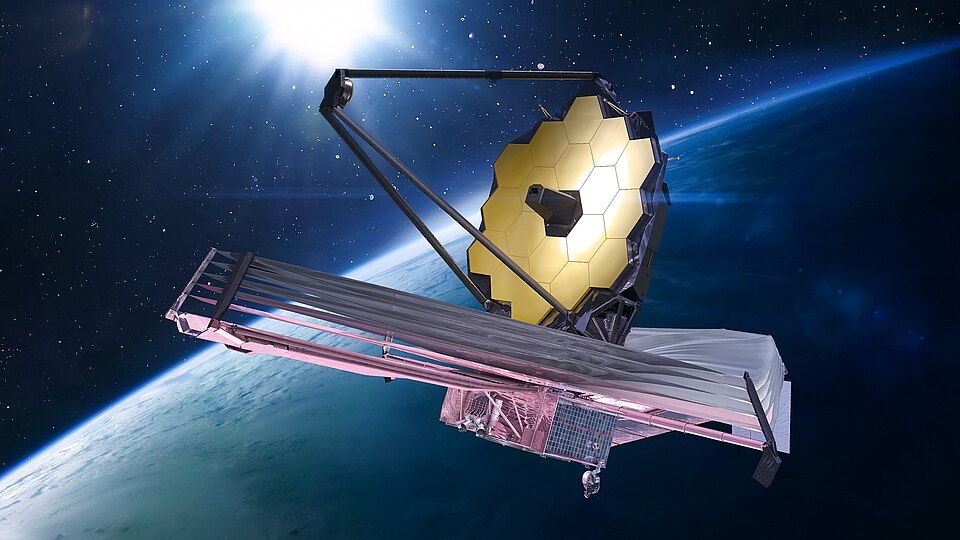
What is it about a single picture from space that seems to have the power to change humanity’s view of the universe? First the Hubble Space Telescope, then the Spitzer Space Telescope, and now-or-soon, the James Webb Space Telescope-pictures like these: scientific data, first works of art, always. Each one captured in time, a moment of the cosmos which would otherwise remain unrevealed in the vast darkness.
These telescopes have peered into star-forming nurseries, caught galaxies in mid-collision, and unveiled the intricate remnants of dying stars. In addition to being beautiful, the images are windows into the physics, chemistry, and history of the cosmos. The ten most extraordinary views have been carefully curated for this presentation, carrying with them their own story, scientific significance, and pure visual impact.
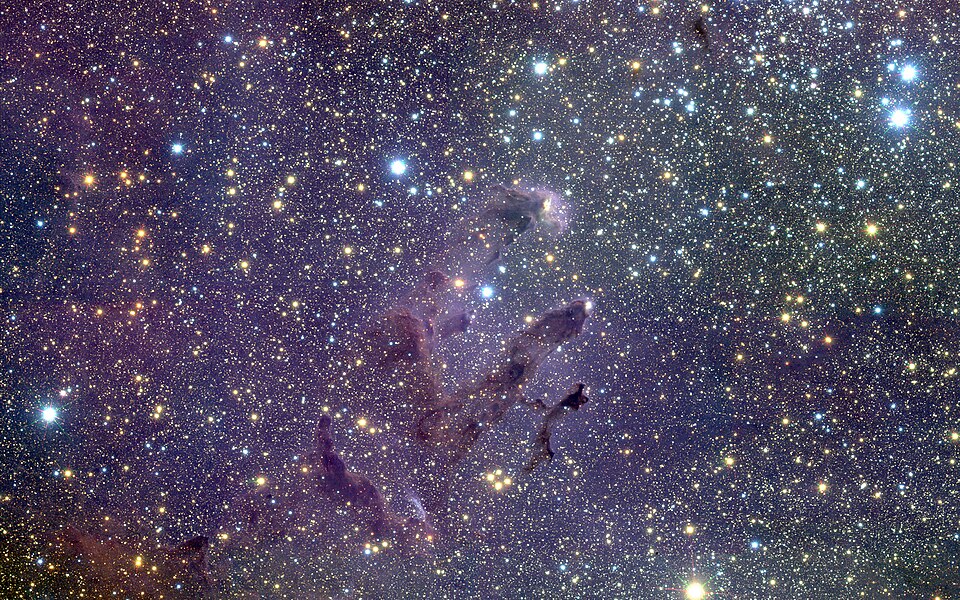
1. Pillars of Creation Revisited
In 2020, Hubble scientists revisited one of Hubble’s most iconic subjects ever imaged: the Pillars of Creation in the Eagle Nebula. They used infrared light to pierce the thick columns of dust and gas and captured new stars forming inside. These elephant-trunk-shaped structures are massive star-forming regions, each light-years across. This revisit gave unparalleled clarity inside these monolithic clouds, as compared to the original 1995 image, of the continuous cycles of stellar birth.
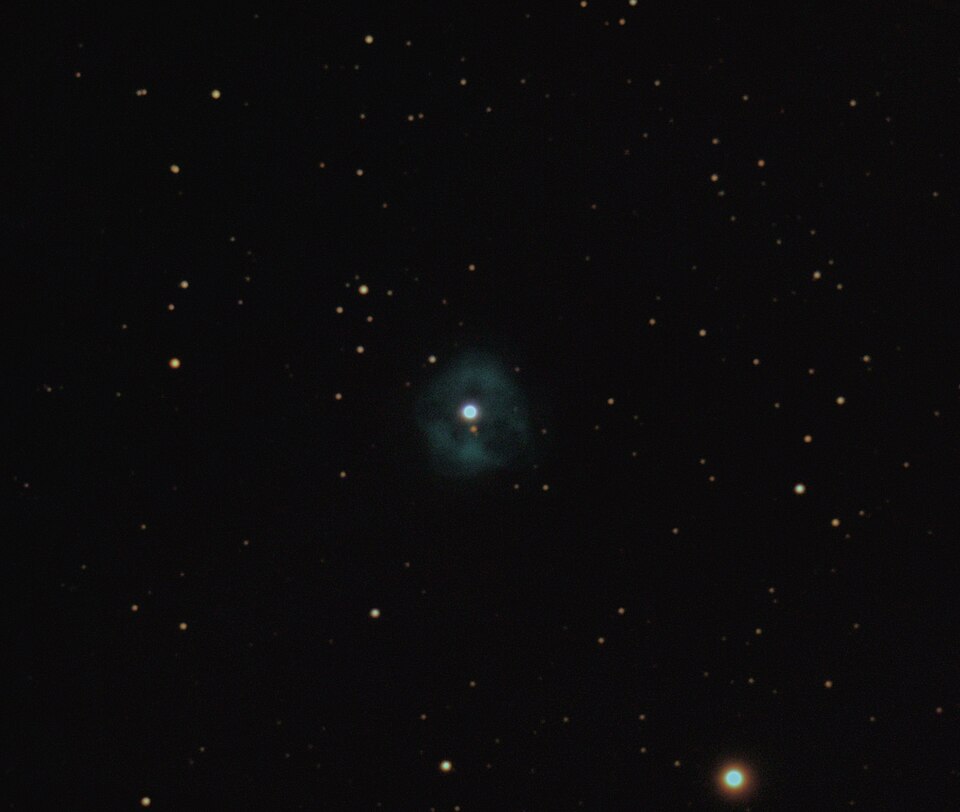
2. Webb’s Hourglass Rings in NGC 1514
The James Webb Space Telescope delivered the most detailed view yet of the planetary nebula NGC 1514, revealing hazy, clumpy rings of dust in tangled patterns. At its center lies a binary star system in a tight nine-year orbit, whose interactions sculpted the nebula’s unusual hourglass-like form. Webb’s mid-infrared data revealed semi-transparent orange clouds between the rings and oxygen-rich clumps in the core, while notably finding no carbon-based molecules-an absence that may be linked to the stars’ turbulent orbital history.
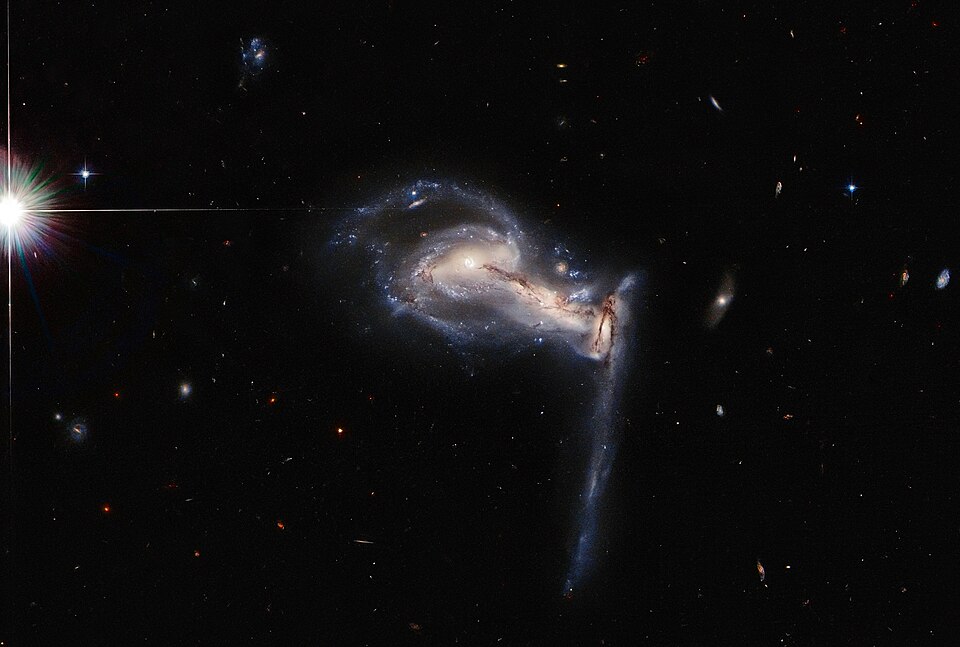
3. The Ghostly Face of Colliding Galaxies
Hubble’s spooky image, published just before Halloween in 2019, shows two galaxies interacting in a collision. Their bright centers are the ‘eyes,’ and the chaotic mix of stars kicked out of their galactic disks creates the impression of a cosmic face. The collision is a rare view for astronomers to study the redistribution of stellar populations in the interactions and the starbursts associated with such encounters.

4. The Spirograph Nebula’s Intricate Glow
The planetary nebula IC 418, also known as the Spirograph Nebula, is about 2,000 light-years away in the constellation Lepus. Hubble’s 2000 image showed that its purple-and-orange emission displays complex textures created by layers of gas ejected by a dying star. A turbulent history of stellar wind and radiation interaction creating the expanding shell of this nebula is concealed by the symmetrical beauty.

5. Crystal Rain in Orion
Thanks to NASA’s Spitzer Space Telescope, one surprise has emerged from the Orion Nebula: a young star, HOPS-68, is ‘raining’ olivine crystals. Infrared observations revealed that these minerals were falling toward the star and likely formed in its surrounding disk before being pulled inward. The discovery provided some clues regarding the way such solid materials, a key ingredient for the formation of planets, circulate around stellar nurseries.
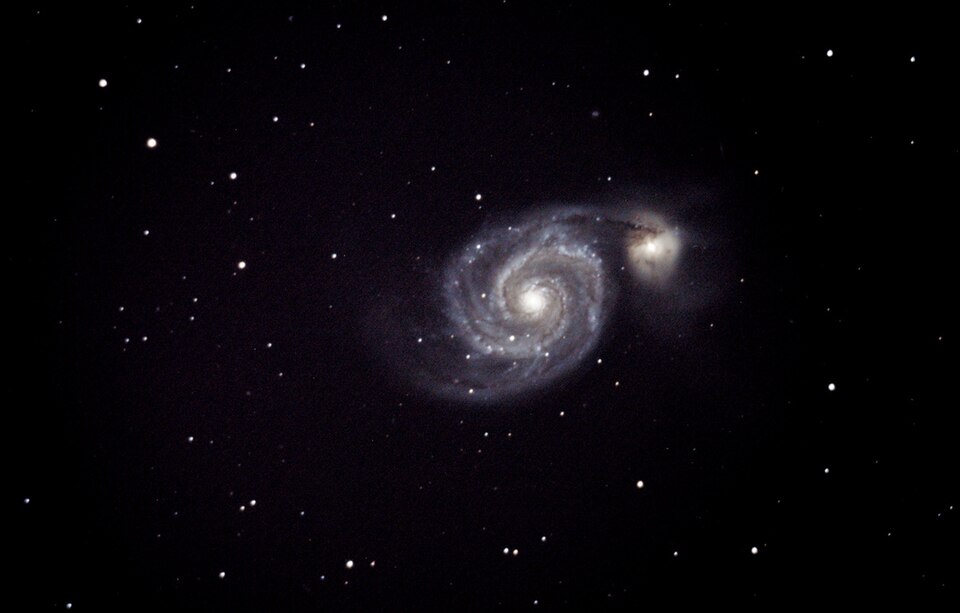
6. Whirlpool Galaxy’s Spiraling Embrace
The 15th-anniversary Hubble image of the Whirlpool Galaxy (NGC 5194) captured its sweeping spiral arms as they appeared to wrap around its smaller companion, NGC 5195. Although the galaxies are not actually interacting, the image is an iconic example of spiral galaxy structure and dynamics due to its clarity in dust lanes and star-forming regions.
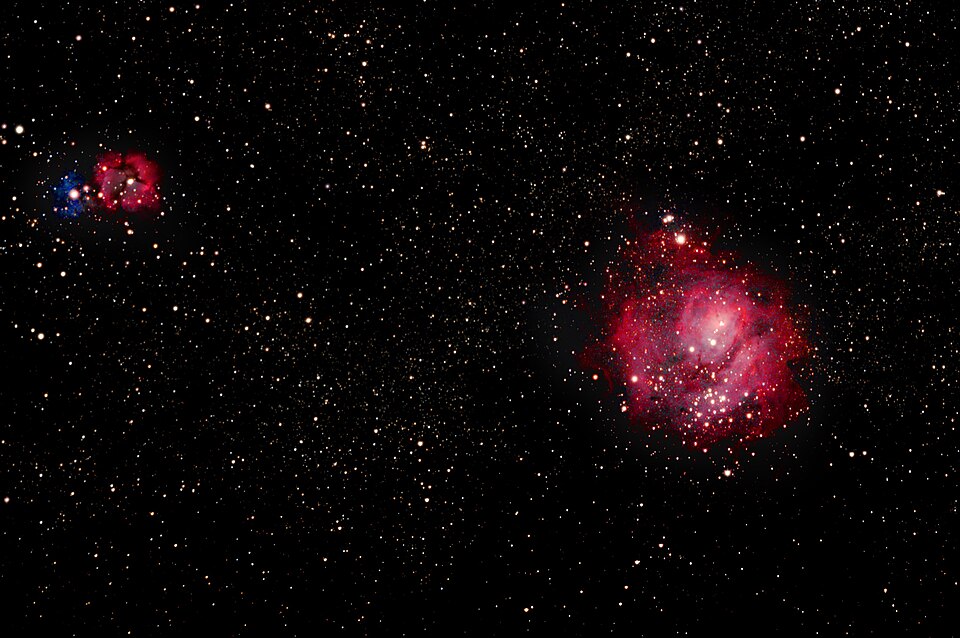
7. Turbulent Heart of Lagoon Nebula
For its 28th anniversary, Hubble targeted the Lagoon Nebula, a giant star-forming region 4,000 light-years away. The picture covers only a small fraction of this vast stellar nursery-about 4 light-years across-but even so it reveals a dynamic landscape of ionized gas, shock fronts, and young stars. The scale of the nebula itself is 55 light-years wide, putting into perspective just how massive such stellar nurseries are.
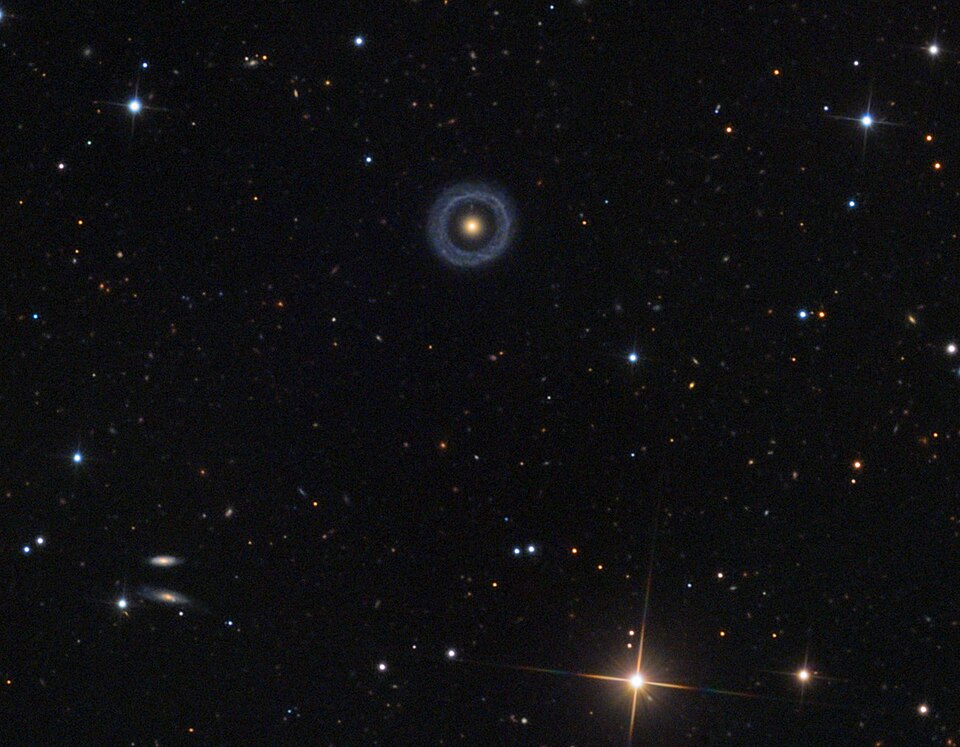
8. Hoag’s Object: A Perfect Cosmic Ring
Hubble’s 2019 image of Hoag’s Object captures one of the rarest ring galaxies in our universe. It features a perfect circle made up of billions of blue stars, surrounding a tight sphere of reddish, much older stars. Between them, the object has a dark gap, through which another ring galaxy can be seen far away. At 100,000 light-years across, Hoag’s Object defies theories about galaxy formation with its symmetry and isolation.

9. The Expanding Sphere of the Bubble Nebula
The Bubble Nebula, or NGC 7635, is an emission nebula in the constellation Cassiopeia, created by the stellar wind of the massive central star. Hubble’s 26th-anniversary image taken in 2016 shows the bubble’s delicate boundary where hot gas meets cooler interstellar material-a textbook example of how massive stars sculpt their surroundings.

10. Cosmic Reef in Hubble’s 30th Year
On its 30th anniversary, Hubble snapped what has come to be called the ‘Cosmic Reef’: a teeming region of star birth whose formations give the impression of coral in a deep ocean. Astrophysicist Elena Sabbi described it as proof that Hubble is still razor-sharp and revealing intricate details of glowing gas and dust shaped by powerful stellar winds and radiation.
These are more than snapshots; they’re records of cosmic processes unfolding over thousands or millions of years. Each combines artistry with scientific insight, combining wonder and data for astronomers. As new observatories like Webb join Hubble’s legacy, the universe’s gallery will grow even richer, deepening humankind’s understanding of their place among the stars.


